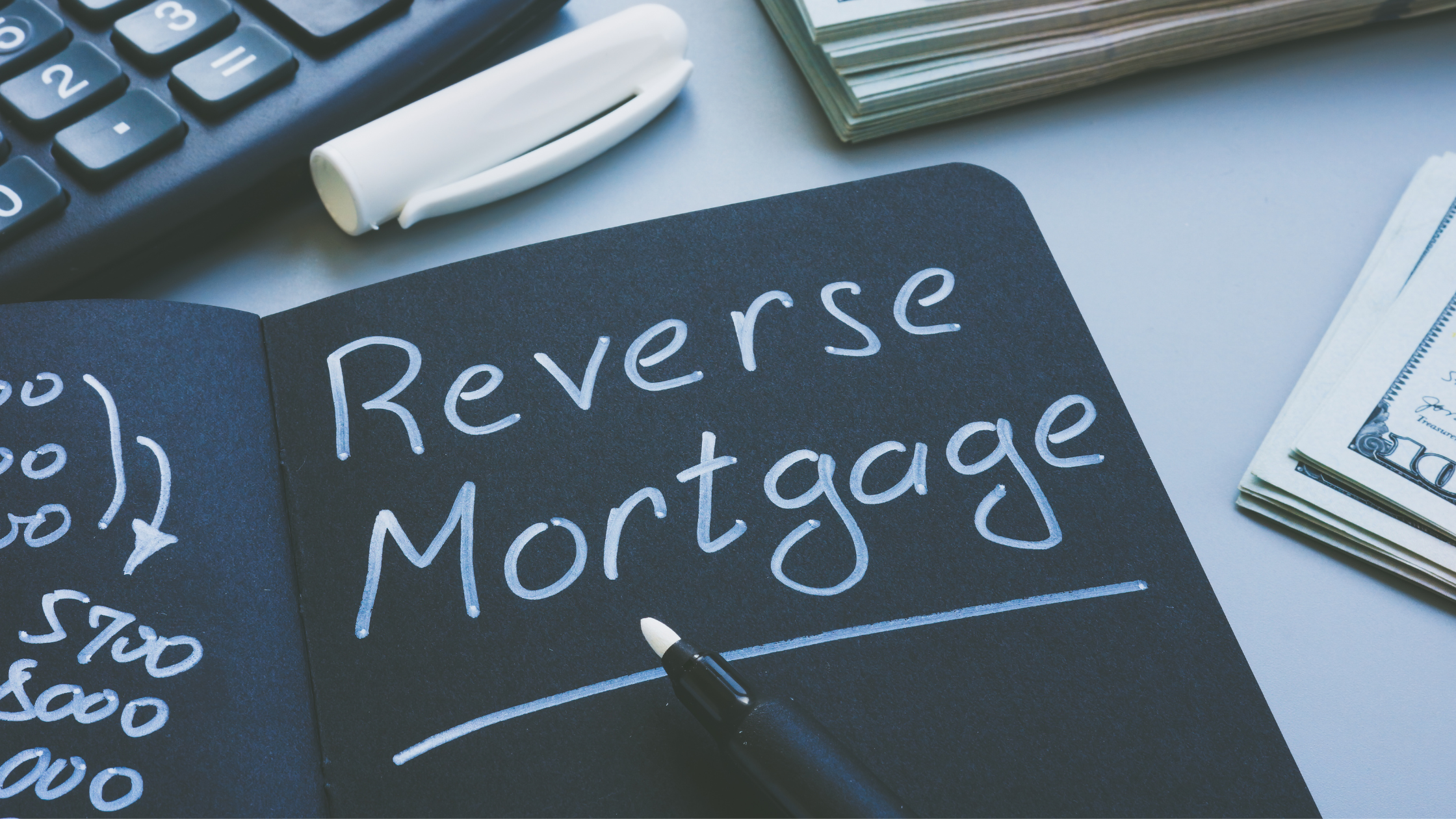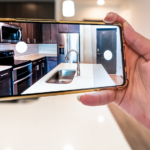Reverse Mortgage Requirements
To qualify for a reverse mortgage, the homeowner must:
- Be at least 62 years old
- Own the home outright or have a low mortgage balance that can be paid off with the reverse mortgage loan
- Live in the home as their primary residence
- Complete a counseling session with a HUD-approved counselor
Step 1: Determine the Amount of Reverse Mortgage Loan
Before you can sell your home with a reverse mortgage, you need to determine the amount of the loan you have outstanding. The amount of the loan is based on your age, the value of your home, and the interest rate on the loan.
Eligibility for a Reverse Mortgage Loan
To be eligible for a reverse mortgage loan, the value of your home must be greater than the loan balance. If the loan balance is greater than the value of the home, you will need to make up the difference in order to sell the home.
Calculation of Loan Amount
The loan amount is calculated based on your age, the value of your home, and the interest rate on the loan. The older you are, the higher the loan amount will be.
The value of your home also plays a role in the loan amount. The higher the value of your home, the more you can borrow. Finally, the interest rate on the loan affects the loan amount. The higher the interest rate, the lower the loan amount.
Step 2: Decide the Type of Sale
Once you have determined the amount of the loan, you need to decide what type of sale you want to pursue.
Selling Your Home Outright
If you have enough equity in your home, you can sell the home outright and pay off the reverse mortgage loan. This is the simplest option, as you do not have to deal with any additional paperwork or fees.
Selling the Home with Reverse Mortgage Loan
If you do not have enough equity in your home to pay off the reverse mortgage loan, you can still sell the home. However, you will need to pay off the loan balance before you can sell the home. This can be done by selling the home for more than the loan balance or by using other funds to pay off the loan.
Short Sale
If the value of your home is less than the loan balance, you can pursue a short sale. In a short sale, the lender agrees to accept less than the full loan balance to allow you to sell the home. However, you will need to negotiate with the lender and provide documentation to show that you cannot afford to pay off the loan in full.
Step 3: Repay the Reverse Mortgage Loan
Once you have decided on the type of sale, you need to determine how to repay the reverse mortgage loan.
Selling Your Home for More than the Loan Balance
If you sell your home for more than the loan balance, you can use the proceeds from the sale to pay off the loan. Any remaining equity in the home can be kept by you or your heirs.
Selling Your Home for Less than the Loan Balance
If you sell your home for less than the loan balance, you will need to come up with the difference to pay off the loan. This can be done using other funds or by negotiating with the lender to accept less than the full loan balance.
Step 4: Prepare the Home for Sale
Before you list your home for sale, you need to prepare it for sale.
Make Necessary Repairs
Make any necessary repairs to the home to ensure that it is in good condition. This will help you to get the best price for the home.
Stage the Home
Staging the home can help it to sell faster and for a higher price. Remove any clutter and personal items from the home and arrange furniture to showcase the best features of the home.
Price the Home Competitively
Work with your real estate agent to price the home competitively. This will help it to sell quickly and for a good price.
Step 5: Find a Real Estate Agent
Working with a real estate agent can help you to sell your home more quickly and for a better price.
Research and Interview Agents
Do your research to find a real estate agent with experience selling homes with reverse mortgages. Interview several agents to find one who you feel comfortable working with.
Choose the Best Agent
Choose the best agent based on their experience, expertise, and the rapport you have developed.
Step 6: Market the Home
Once you have found an agent, it’s time to market your home.
List the home on multiple platforms, including the MLS, Zillow, and other real estate websites.
Utilize Professional Photography
Utilize professional photography to showcase the best features of your home.
Schedule Open Houses
Schedule open houses to allow potential buyers to view the home.
Step 7: Accept and Negotiate Offers
Once you start receiving offers, it’s time to negotiate the terms of the sale.
Evaluate Offers
Evaluate the offers you receive to determine which one is the best for you. Consider the price, the terms of the sale, and any contingencies.
Negotiate with Buyers
Negotiate with buyers to reach an agreement that works for both parties. Your real estate agent can help you with this process.
Step 8: Close the Sale
Once you have accepted an offer, it’s time to close the sale.
Hire a Closing Agent
Hire a closing agent to handle the paperwork and ensure that the sale goes smoothly.
Prepare for Closing Costs
Prepare for closing costs, which can include real estate commissions, transfer taxes, and other fees.
Sign the Closing Documents
Sign the closing documents to complete the sale.
Conclusion
Selling a home with a reverse mortgage can be a complex process, but with the right preparation and guidance, it can be done successfully. By following the steps outlined in this guide, you can sell your home and repay the reverse mortgage loan.
FAQs
1. Can you sell a home with a reverse mortgage if you owe more than the home is worth?
Yes, you can sell a home with a reverse mortgage even if you owe more than the home is worth. You will need to negotiate with the lender to accept less than the full loan balance.
2. What happens to the remaining equity in the home after the reverse mortgage is paid off?
Any remaining equity in the home after the reverse mortgage is paid off can be kept by you or your heirs.
3. Can you use a reverse mortgage to buy a new home?
Yes, you can use a reverse mortgage to buy a new home, as long as you meet the eligibility requirements.
4. How long does it take to sell a home with a reverse mortgage?
The time it takes to sell a home with a reverse mortgage depends on a variety of factors, including the location and condition of the home, the state of the real estate market, and the marketing efforts used.
5. Are there any tax implications when selling a home with a reverse mortgage?
There may be tax implications when selling a home with a reverse mortgage. It is important to consult with a tax professional to understand your specific situation.
6. Is it possible to refinance a reverse mortgage?
Yes, it is possible to refinance a reverse mortgage, as long as you meet the eligibility requirements, and it makes financial sense to do so. Refinancing may help you access more equity or get a lower interest rate.
7. Can a family member buy a home with a reverse mortgage?
Yes, a family member can buy a home with a reverse mortgage, as long as they meet the eligibility requirements and are willing to pay off the reverse mortgage loan.
8. What are the fees associated with a reverse mortgage?
The fees associated with a reverse mortgage may include an origination fee, closing costs, mortgage insurance premiums, and servicing fees. These fees can be financed as part of the loan, which means they will be added to the loan balance.
9. How do I find a HUD-approved counselor for reverse mortgage counseling?
You can find a HUD-approved counselor by visiting the HUD website (www.hud.gov) and searching for a list of approved counseling agencies. You can also call the Housing Counseling Agency Locator at (800) 569-4287 to find a counselor near you.
10. Can I sell my home with a reverse mortgage and buy a smaller one?
Yes, you can sell your home with a reverse mortgage and buy a smaller one. You would need to pay off the reverse mortgage loan with the proceeds from the sale of your home, and then use the remaining funds, along with other financial resources, to purchase the new, smaller home. If you meet the eligibility requirements, you could also consider getting a new reverse mortgage on the smaller home to help with the purchase.
Note: This guide is for informational purposes only. Meridian Trust does not make any guarantees about the sufficiency of the content in or linked to from this blog post or that it is compliant with current law. The content within this blog post is not a substitute for legal advice or legal services. You should not rely on this information for any purpose without consulting a licensed lawyer in your area.



